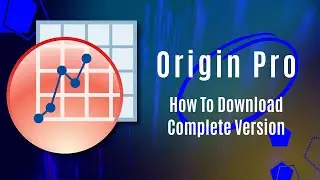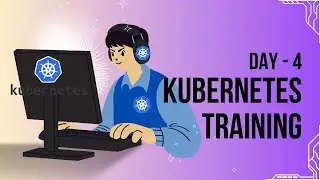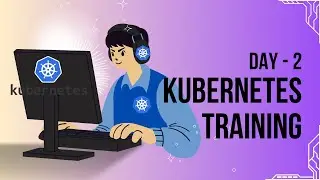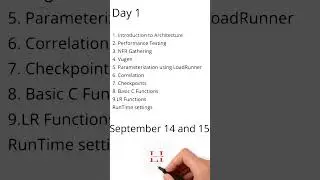Kubernetes + Lens makes the best pair | Kubernetes Training | Beginner to Expert | Day 4
Join this channel to get access to perks:
/ @littleslawyoutubechannel
In this video from @littleslawyoutubechannel I will explain what is Lens and how it is useful with Kubernetes
Why Kubernetes with Lens: Enhancing the Kubernetes Experience
Introduction
Kubernetes has rapidly become the de facto standard for container orchestration, allowing developers and IT professionals to deploy, manage, and scale applications with ease. Despite its powerful capabilities, Kubernetes can be complex and challenging to navigate, especially for those new to the platform. This is where Lens, an integrated development environment (IDE) for Kubernetes, steps in to simplify and enhance the Kubernetes experience.
Understanding Kubernetes
Before diving into why Lens is a valuable tool, it’s essential to understand the basics of Kubernetes. At its core, Kubernetes is an open-source platform designed to automate deploying, scaling, and operating application containers. It abstracts the underlying infrastructure, providing a unified interface to manage workloads across various environments, including on-premises, #cloud, or hybrid setups.
The #Challenges of Using Kubernetes
Kubernetes, while powerful, comes with a steep learning curve. Here are some of the challenges users typically face:
Complexity of Configuration: Kubernetes involves multiple components and layers, such as #pods , #services , #deployments, and #namespaces, which can be overwhelming to manage.
Lack of Visibility: #Monitoring the state of your applications and resources can be difficult without the right tools, leading to potential issues being overlooked.
#Resource #Management: Efficiently managing resources, especially in large clusters, requires a deep understanding of Kubernetes and its configuration options.#
#Debugging: #diagnosing issues in a #Kubernetes environment often requires sifting through logs, analyzing events, and understanding the relationships between various components, which can be tedious.
What is #Lens?
#Lens is an open-source IDE specifically designed for Kubernetes. It provides a graphical user interface (GUI) that helps users visualize, monitor, and manage their Kubernetes clusters with ease. By offering a more intuitive interface, Lens makes Kubernetes more accessible to developers, DevOps engineers, and IT administrators.
Key Features of Lens
Cluster Management: Lens allows users to manage multiple Kubernetes clusters from a single interface. This is particularly useful for organizations that operate in multi-cloud or hybrid cloud environments, where managing clusters across different platforms can be challenging.
Real-Time Monitoring and Visualization: Lens provides real-time insights into the state of your Kubernetes resources, including CPU and memory usage, pod statuses, and more. This visualization capability helps identify issues quickly and ensures that your applications are running optimally.
Built-in Terminal: Lens includes a built-in terminal that connects directly to your Kubernetes cluster, allowing you to execute commands, view logs, and debug issues without leaving the IDE.
Resource Browsing: Users can easily browse through different resources such as pods, services, deployments, and namespaces using Lens’s hierarchical view. This makes it easier to navigate through the complexity of Kubernetes.
Custom Resources Support: Lens supports Kubernetes Custom Resource Definitions (CRDs), enabling users to manage and interact with custom resources just like native Kubernetes objects.
Ease of Use: With a clean and user-friendly interface, Lens reduces the need for extensive YAML file editing or command-line interactions, making Kubernetes more accessible to newcomers.
Benefits of Using Lens with Kubernetes
Reduced Complexity: Lens abstracts much of the complexity of Kubernetes, providing a more straightforward way to manage and interact with your clusters. This is especially beneficial for teams who may not have deep Kubernetes expertise but need to manage applications at scale.
Increased Productivity: By simplifying cluster management and providing powerful visualization tools, Lens allows developers and operators to focus more on building and deploying applications rather than dealing with Kubernetes intricacies.
Enhanced Collaboration: Lens can be a valuable tool for teams, enabling them to share access to clusters and collaborate more effectively. It provides a consistent view of the environment, which can help reduce miscommunication and errors.
Faster Troubleshooting: The ability to visualize the entire Kubernetes environment and access logs and metrics in real time enables faster identification and resolution of issues, reducing downtime and improving the reliability of applications.
Conclusion
#Kubernetes is a powerful platform that has revolutionized how we deploy and manage applications.































